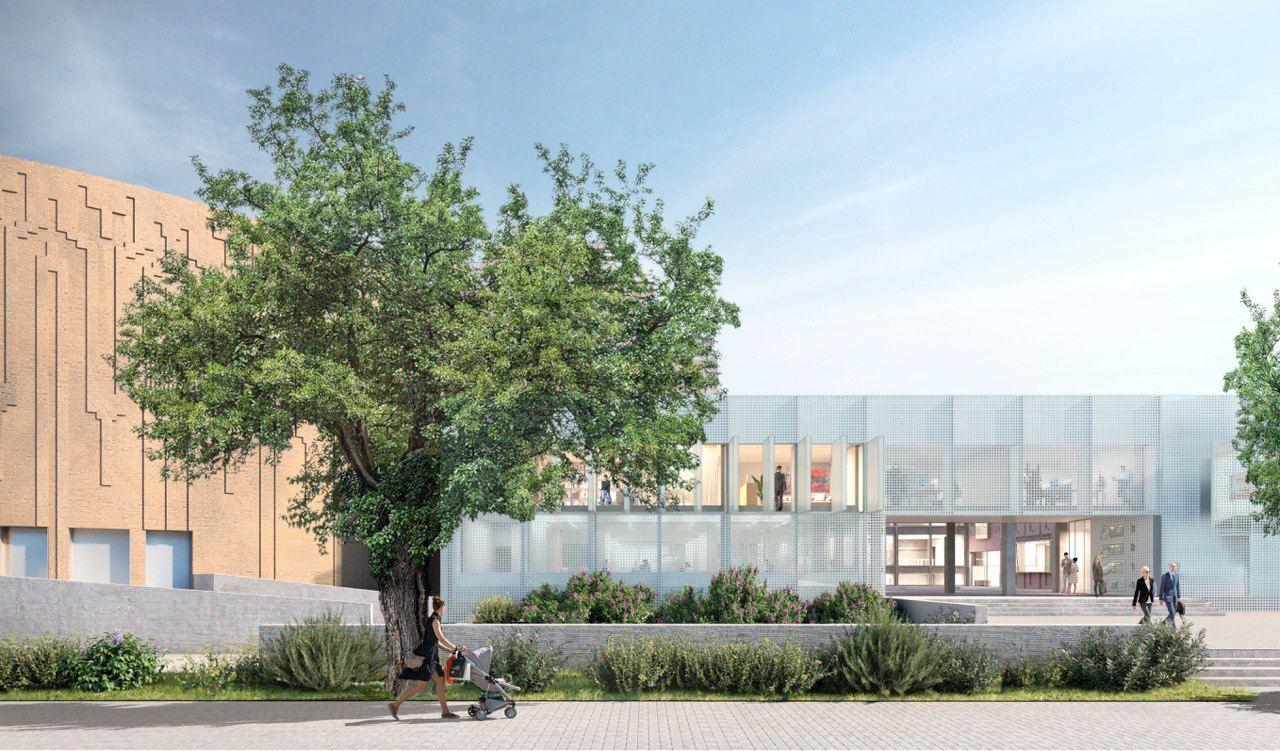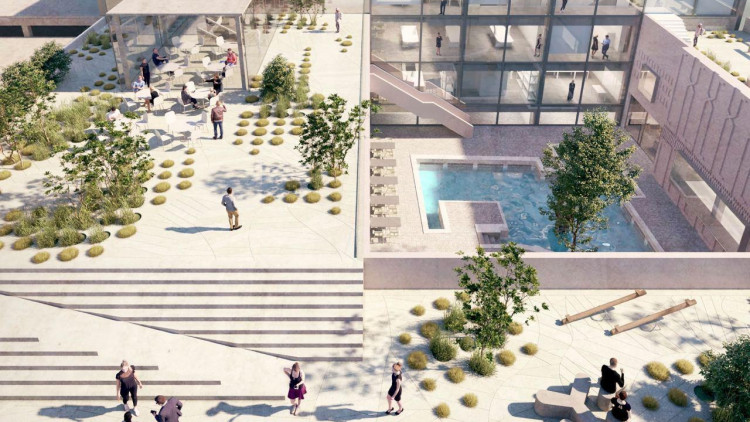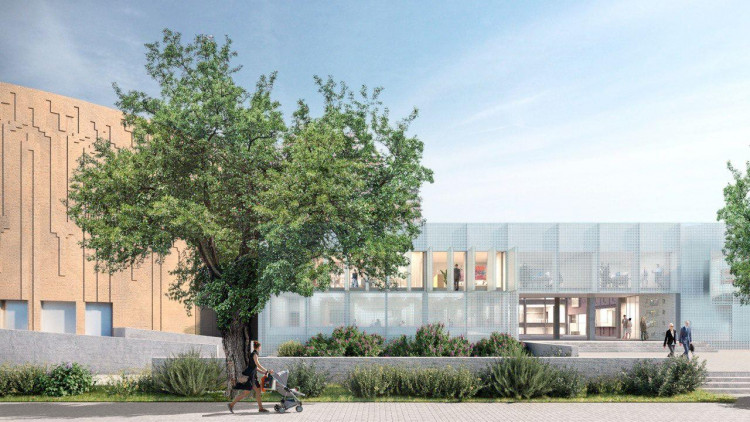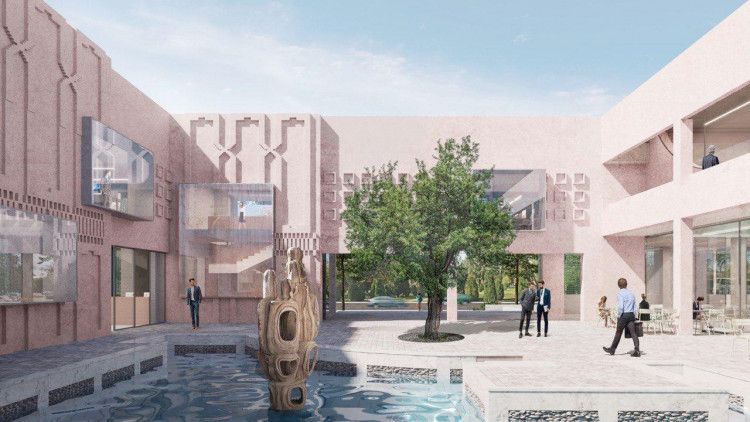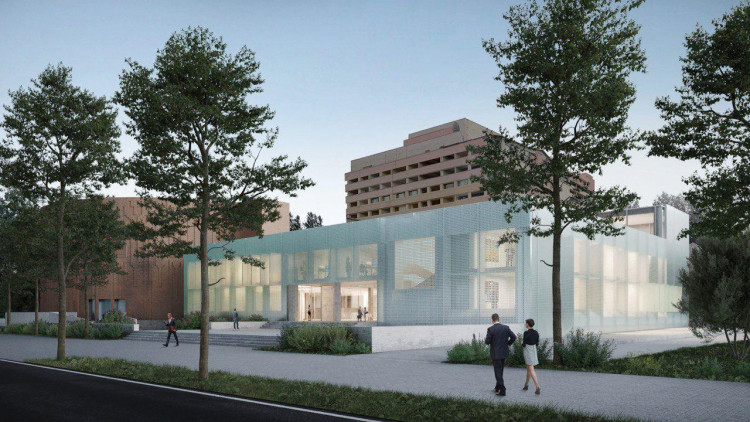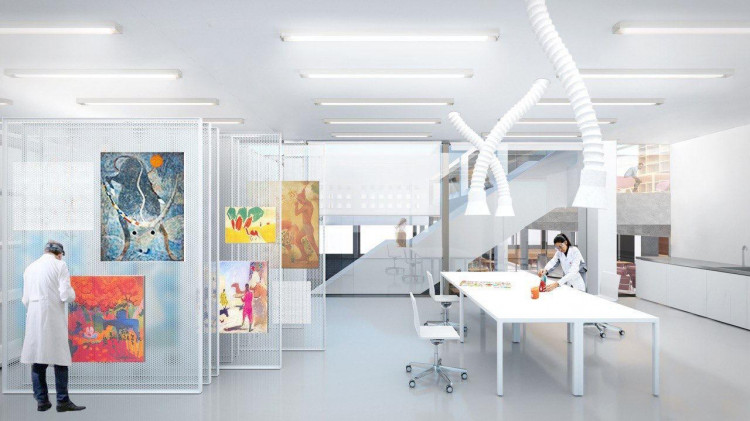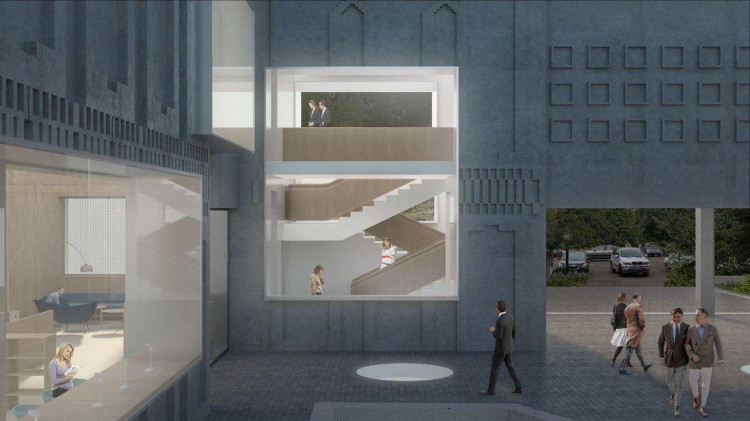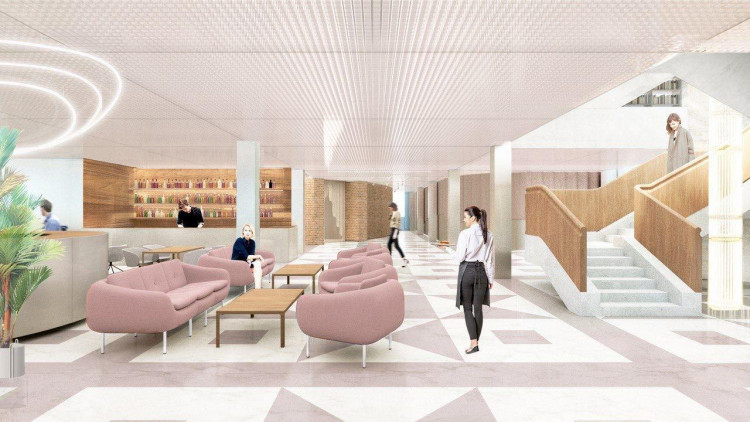The Art and Culture Development Foundation announces the creation of a new type of educational institutions, which include a modern library, a coworking center, a cinema, and a restoration laboratory.
The building of the former Intourist Cultural and Information Center (address: 47, Istiqlol street, Mirzo Ulugbek district) was built in 1987 and is considered one of the monuments to Tashkent modernism. During the years of independence, the building housed the office of the State Committee for Tourism Development of the Republic of Uzbekistan.
After the reconstruction, it will house two new cultural institutions-the French Cultural Center and the Research Center for the Restoration of Cultural Heritage Objects and Artworks. Both institutions were created on the initiative of the Art and Culture Development Foundation under the Ministry of Culture of the Republic of Uzbekistan, the office of which will also be located in this building.
According to the Executive Director of the Foundation Gayane Umerova, the decision to place these organizations nearby was made based on plans to hold international exhibitions in the coming years, including an exhibition at the Louvre Museum in 2022, when more than 300 exhibits from various collections of Uzbekistan will be presented in Paris. In addition, a Memorandum was signed with the Centre for Research and Restoration of the Museums of France, which experts consult the Foundation on the creation of a restoration center in Uzbekistan.
Scientific and research works will be carried out in this building, which will involve not only restorers but also ethnographers, historians, and art critics. The whole process will be held in an open mode – you will be able to observe the restoration work, and if you wish – to learn this profession. In the same building, there will be a modern and fashionable cinema and an open cafe, which everyone can get to. The combination of history and modernity will give its result and attract a young audience to the museum business, a new generation of restorers will appear, in demand not only in Uzbekistan but also around the world.
The design project of the building was created by the founders of Grace Bureau Ekaterina Golovatyuk and Giacomo Cantoni. The architects' portfolio includes the reconstruction of the State Hermitage Museum (Saint Petersburg) and the reconstruction of the Garage Museum in Moscow under the direction of Rem Koolhaas (OMA). According to the architect, one of the main tasks of the project in Tashkent is to save as much as possible all the most valuable things that have been preserved in this building. The project pays special attention to the facade of the building. To preserve the original appearance, expand the area and increase functionality, new techniques and high-tech materials will be used, including translucent fiber grilles that will protect the existing brickwork from the effects of climate factors.
Co-founder of the Grace Architectural Bureau Ekaterina Golovatyuk:
"In the case of a building in Tashkent, we try to preserve what is possible and what makes sense to preserve. For example, we will restore the former public spaces of the center – as they remained in the collective memory of citizens. We have placed there those programs that are similar to the original ones and require similar premises. That is, the former foyer, cafe, and monumental staircase will be used in much the same way – with the same openness and similar finishes. The former cinema hall will be modernized inside and adapted to new needs, but the exterior will be completely preserved.
In the u-shaped block, which was used as offices and was not accessible to visitors, we placed the French Cultural Center, offices, and restoration laboratory. In the wing where the laboratory will be located, we allowed ourselves to make more serious interventions. In the Soviet era, it was built very economically, and according to other standards, so this part of the building has very low ceilings, there are blind or too narrow rooms. From our point of view, it is impossible to adapt these spaces to modern requirements, especially to the requirements of the laboratory. Accordingly, in order to fit the new restoration laboratory with its strict spatial requirements, we have to replace some of the structures and designed this part as an obviously new modern and very transparent architecture."
The full text of the interview with Gayane Umerova and Ekaterina Golovatyuk about the reconstruction of the building is available at this link.



